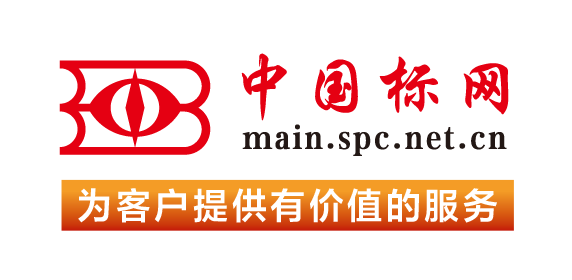5.1 This practice is to be used for the removal of virucidal agents from test product-virus mixtures, or from test product-neutralizer-virus mixtures, at or after the contact period and before the inoculation of these mixtures into host systems for assay of viral infectivity.5.2 The purpose of the practice is to reduce the concentration of the cytotoxic properties of the test product and neutralizers in order to permit the evaluation of viral infectivity at dilutions that would otherwise be toxic to the host cells.5.3 The practice is applicable to the testing of liquid, pre-saturated towelettes, and pressurized disinfectant products, as well as handwash/rub products.NOTE 3: When testing products, the ability of the solution to pass through the column must be verified prior to testing. Certain products with high viscosities are unable to pass through columns. If the product is determined to be too viscous, alternative neutralization methods should be employed.5.4 This practice is compatible with organic soil loads, hard water, disinfectants containing organic solvents, and chemical neutralizers.1.1 This practice is intended to be used to reduce the cytotoxic level of the virus-test product mixture prior to assaying for viral infectivity. It is used in conjunction with evaluations of the virucidal efficacy of disinfectant solutions, wipes, trigger sprays, or pressurized disinfectant spray products intended for use on inanimate, nonporous environmental surfaces. This practice may also be used in the evaluation of hygienic handwashes/handrubs, or for other special applications. The practice may be employed with all viruses and host systems.NOTE 1: Gel filtration columns may impact virus titer and their use should be taken into consideration when selected for use.1.2 This practice should be performed only by persons trained in virology techniques.1.3 This practice utilizes gel filtration technology. The effectiveness of the practice is dependent on the ratio of gel bed volume to sample size and uniformity in the preparation of columns as well as the conditions of centrifugation. The effectiveness of this practice is maximized by investigator practice and experience with gel filtration techniques.1.4 This practice will aid in the reduction, but not necessarily elimination, of test product toxicity while preserving the titer of the input virus.1.5 Units—The values stated in SI units are to be regarded as standard. No other units of measurement are included in this standard.1.6 This standard does not purport to address all of the safety concerns, if any, associated with its use. It is the responsibility of the user of this standard to establish appropriate safety, health, and environmental practices and determine the applicability of regulatory limitations prior to use.1.7 This international standard was developed in accordance with internationally recognized principles on standardization established in the Decision on Principles for the Development of International Standards, Guides and Recommendations issued by the World Trade Organization Technical Barriers to Trade (TBT) Committee.
定价: 515元 / 折扣价: 438 元 加购物车
5.1 This practice is intended to be used by all analysts using fused silica capillary chromatography. It contains the recommended steps for installation, preparation, proper installation, and continued column maintenance.1.1 This practice covers the installation and maintenance of fused silica capillary columns in gas chromatographs that are already retrofitted for their use. This practice excludes information on:1.1.1 Injection techniques.1.1.2 Column selection.1.1.3 Data acquisition.1.1.4 System troubleshooting and maintenance.1.2 For additional information on gas chromatography, please refer to Practice E260. For specific precautions, see 7.2.2.2(1), 7.2.2.2(2), 7.2.7, and 7.2.7.2.1.3 The values stated in SI units are to be regarded as standard. No other units of measurement are included in this standard.1.4 This standard does not purport to address all of the safety concerns, if any, associated with its use. It is the responsibility of the user of this standard to establish appropriate safety, health, and environmental practices and determine the applicability of regulatory limitations prior to use. For specific safety information, see Section 6, 7.2.2.2(1), 7.2.2.2(2), 7.2.7, and 7.2.7.2.21.5 This international standard was developed in accordance with internationally recognized principles on standardization established in the Decision on Principles for the Development of International Standards, Guides and Recommendations issued by the World Trade Organization Technical Barriers to Trade (TBT) Committee.
定价: 646元 / 折扣价: 550 元 加购物车
 购物车
购物车 400-168-0010
400-168-0010











 对不起,暂未有“columns”相关搜索结果!
对不起,暂未有“columns”相关搜索结果!













